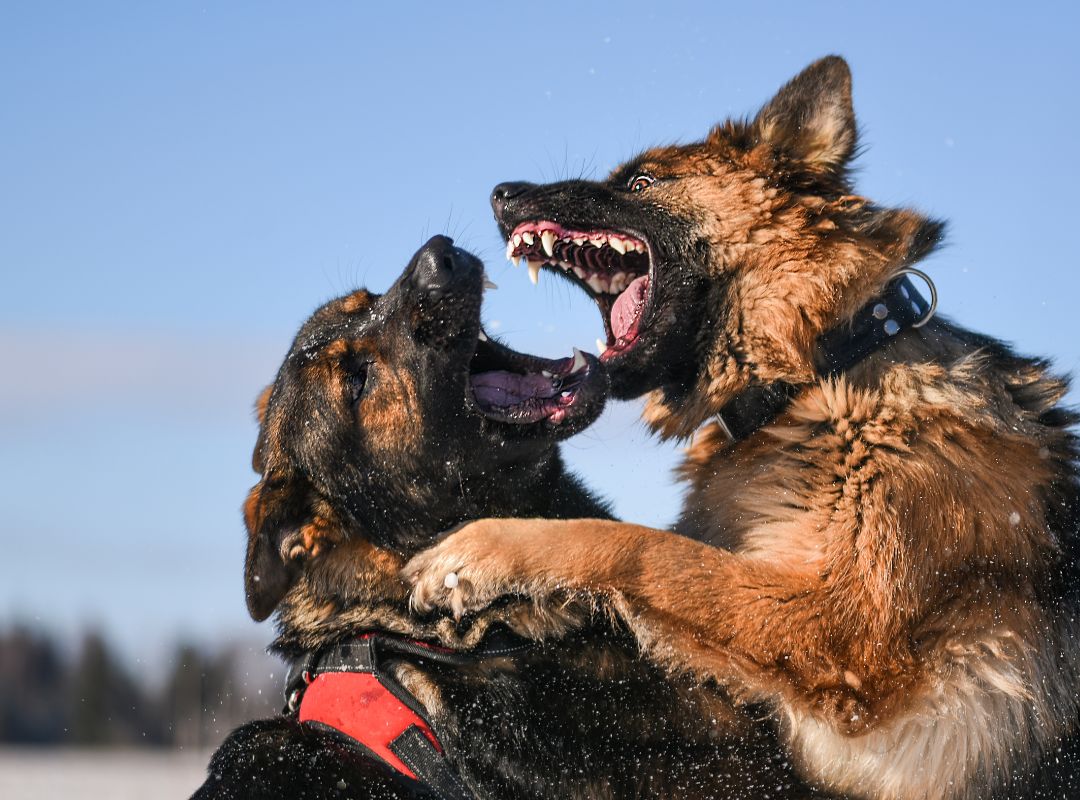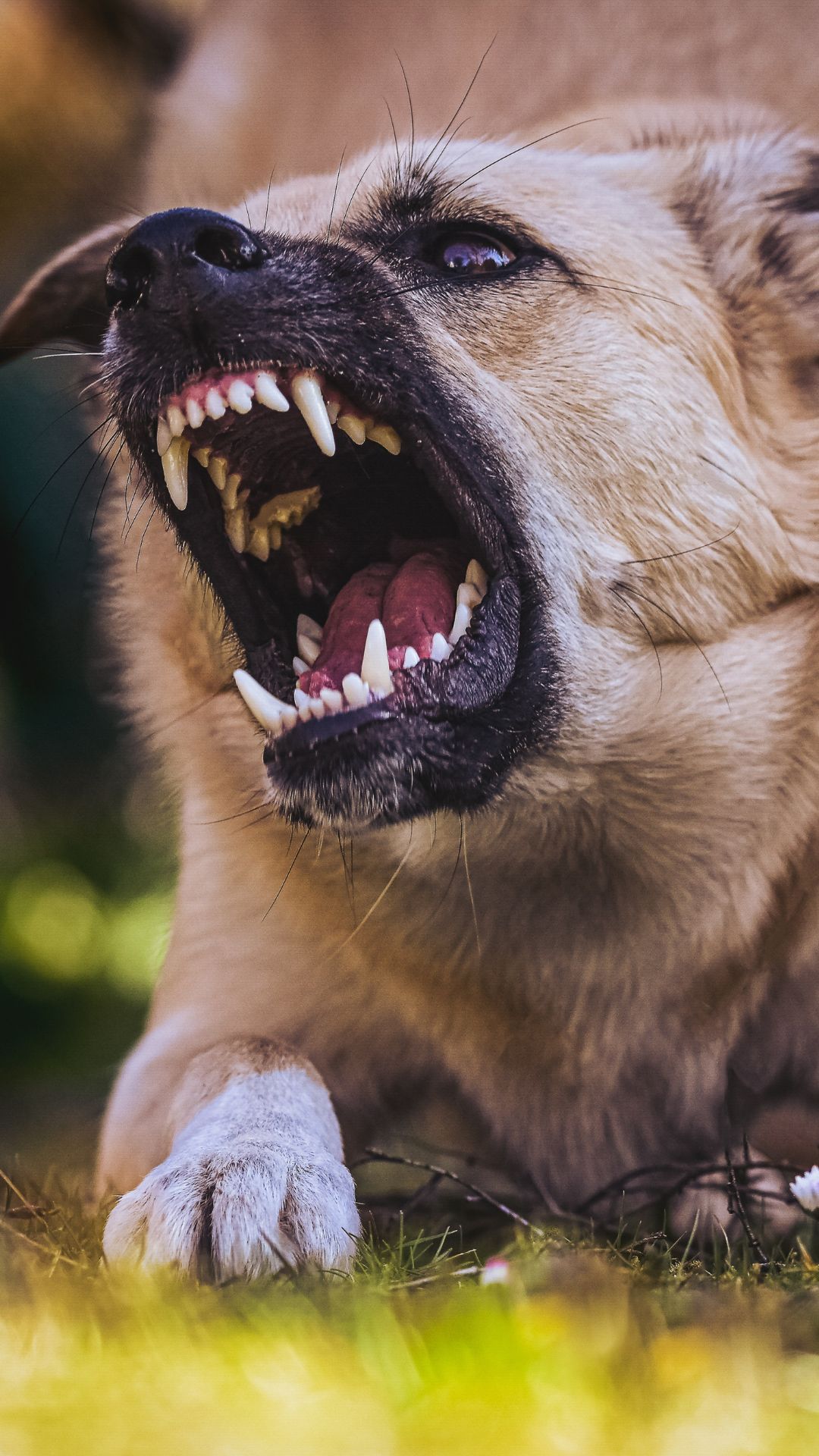Essentials of Dog Bite Reporting Orange County: Protecting Victims and Communities
Orange County dog bites may be reported by contacting (714) 796-6421 from 7:30 AM to 4:00 PM Monday through Friday. After hours, weekends, and holidays, contact (714) 259-1122. Fax a completed online form to (714) 259-1089.
Rabies quarantine is required for the dog. The bite victim must get identification from the dog’s owner or keeper within 48 hours.
Include these when reporting a dog bite:
- Witnesses’ names and addresses
- Dog owner’s name and address
- When and where the bite occurred
- The dog owner’s name and address
- Description of events
- Photos of injuries
California has a two-year dog bite lawsuit statute of limitations.
After treating the victim, report a dog bite to a California animal control officer. Search online for local animal control numbers.
If the bite is serious, contact 911 for police.
The local health and police departments may also request a bite report.
Doctors must report dog bites to the local health officer or designee.
Identified dogs may be verified for rabies vaccines in vet records.
A California dog bite civil case must be filed within two years of the injury. Late filings may prevent courts from hearing your case.
Understanding Animal Bites: From Dogs to Cats
Dive deep into the world of animal bites, from the common dog bite to the rarer cat scratch. Learn about the causes, prevention, and what to do if you or a loved one are bitten.
Animal bites, especially from dogs, are more common than you might think. This article sheds light on the reasons behind these incidents, the difference between dog and cat bites, and the essential steps to take post-bite. A must-read for pet owners and anyone who interacts with animals
Why Read This Article:
Gain insights into the behavior of animals, understand the risks associated with bites, and arm yourself with knowledge to prevent and handle such incidents. Expert opinions support this article, ensuring its reliability and subject-matter authority.
The Prevalence of Animal Bites
Animal bites, particularly from dogs, are a common occurrence worldwide. Each year, millions of people in the U.S. alone experience animal bites, with dogs being responsible for a sizable portion of these incidents. Cats, though less frequently associated with severe bites, can also pose risks, especially if they are stray or feral.
Why Do Animals Bite?
Animals, including dogs and cats, have various reasons for biting:
- Territorial Behavior: Animals can become protective of their territory or their young.
- Fear or Threat: An animal might bite if it feels threatened or cornered.
- Playfulness: Sometimes, especially with puppies, biting can be a form of play. However, this can escalate if it is not checked.
- Pain or illness: An animal in pain might bite, even if it’s typically gentle.
The Difference Between Dog and Cat Bites
While both can be painful and lead to infections, there are some distinctions:
- Depth: Dog bites tend to be deeper due to their jaw structure, while cat bites can be more like puncture wounds.
- Infection Risk: Cat bites often carry a higher risk of infection because their sharp teeth can push bacteria deep into the wound.
- Behavioral Signs: Dogs might growl or show their teeth before biting, while cats might hiss or swat.
Immediate Steps to Take After a Bite
If an animal bites you or someone you know,
- Clean the Wound: Wash it with soap and warm water for at least five minutes.
- Seek Medical Attention: Even if the wound seems minor, it’s essential to consult a healthcare professional to assess the risk of infections or diseases like rabies.
Report the Incident: Especially if it’s an unfamiliar animal, report the bite to local animal control or the police department.
Prevention is Better than Cure
To minimize the risk of animal bites:
- Educate: Teach children to approach animals slowly and to avoid startling them.
- Socialize Pets: Ensure your pets are well-socialized and familiar with various situations and people.
- Stay Alert: Be cautious around stray animals or those showing signs of aggression.
Understanding animal behavior is crucial to preventing bites. Whether you’re a pet owner or someone who occasionally interacts with animals, being informed and cautious can save you from potential harm. Remember, while animals are often loving and gentle, they can act out if they feel threatened or are in pain. Always prioritize safety and seek medical attention if bitten.

Preventing Animal Bites and Ensuring Public Health
Explore the intersection of animal bites and public health. Delve into the importance of prevention, the role of rabies control, and how to maintain a safe environment for both humans and animals.
Animal bites pose not just immediate physical threats but also broader public health concerns. This article unravels the significance of bite prevention, the dangers of rabies, and the collective responsibility for ensuring public health.
Equip yourself with the knowledge to prevent animal bites and understand the broader health implications. With insights from experts in the field, this article stands as an authoritative guide on the subject.
The Public Health Implications of Animal Bites
Animal bites, especially from mammals like dogs and cats, can lead to severe infections and diseases. One of the most feared and deadly diseases transmitted through bites is rabies. Public health departments worldwide emphasize the importance of rabies control to prevent its spread and ensure community safety.
Rabies: The Silent Threat
Rabies, a viral disease affecting the central nervous system, is almost always fatal once symptoms appear. It’s primarily spread through the saliva of infected animals:
Transmission: Typically through bites, but scratches or open wounds exposed to saliva can also be sources.
Symptoms: Initial flu-like symptoms can progress to delirium, hallucinations, and paralysis.
Prevention: Vaccination for pets and post-exposure prophylaxis for humans are crucial.
Bite Prevention: A Collective Responsibility
Preventing animal bites is a shared responsibility:
Pet Owners: Regular vaccinations, proper training, and socialization of pets can significantly reduce bite incidents.
Individuals: Understanding animal behavior, avoiding unknown or aggressive animals, and educating children on safe interactions are vital.
Communities: Implementing and enforcing leash laws, promoting responsible pet ownership, and supporting animal control initiatives contribute to a safer environment.

The Role of Public Health Departments
Public health departments play a pivotal role in:
Surveillance: Monitoring and reporting bite incidents to understand patterns and high-risk areas
Education: Conducting awareness campaigns about bite prevention and the risks of diseases like rabies.
Coordination: Collaborating with veterinary services, animal control agencies, and medical facilities to ensure a holistic approach to bite prevention and management
Rabies Control: A Critical Public Health Initiative
Rabies control goes beyond just vaccinating pets.
Awareness: Educating the public about the risks and prevention of rabies
Vaccination Drives: Organizing mass vaccination campaigns for stray and domestic animals
Rapid Response: Ensuring quick medical attention and post-exposure prophylaxis for bite victims
Animal bites, while seemingly straightforward, have layered implications for public health. By understanding the risks, emphasizing prevention, and supporting rabies control initiatives, we can create a safer environment for all. Remember, public health is a collective responsibility, and every action counts.
Reporting Animal Bites and Ensuring Animal Control
Uncover the importance of reporting animal bites and the role of animal control in maintaining public safety. Learn about the procedures, benefits, and collective responsibility of the community.
Animal bites can have serious health implications. Reporting these incidents and understanding the role of animal control are crucial for both individual and public safety. This article delves into the significance of timely reporting and the responsibilities of animal control agencies.
Equip yourself with knowledge of the reporting process, the importance of animal control, and how you can contribute to a safer community. With insights from experts, this article stands as an authoritative guide on the subject.
The Imperative of Reporting Animal Bites
Animal bites, especially from unknown or stray animals, can pose significant health risks. Reporting such incidents is not just a personal responsibility but a crucial step in ensuring public safety.
Why Report an Animal Bite?
- Health Concerns: Timely reporting allows for immediate medical intervention, reducing the risk of infections or diseases like rabies.
- Tracking and Monitoring: Reporting helps authorities track potentially dangerous animals or identify areas with a higher incidence of bites.
- Public Safety: It aids in alerting the community about potential threats, allowing them to take precautions.
The Role of Animal Control Agencies
Animal control agencies play a pivotal role in:
- Response: They act swiftly in response to incidents, ensuring the animal is located and assessed for potential threats.
- Protection: They protect the community by removing stray or aggressive animals, reducing the chances of future incidents.
- Education: These agencies often conduct awareness campaigns, teaching the public about safe animal interactions and bite prevention.
The Collective Responsibility of the Community
While authorities play a significant role, the community’s involvement is equally crucial:
- Timely Reporting: If bitten or witnessing a bite, report it immediately to local authorities.
- Supporting Animal Control Initiatives: This includes adhering to local regulations, such as leash laws, and supporting animal control campaigns.
- Education: Share knowledge with neighbors, friends, and family, emphasizing the importance of reporting and safe animal interactions.
Reporting animal bites and understanding the role of animal control agencies is essential for individual and public safety. By being informed, taking timely action, and supporting local initiatives, we can ensure a safer environment for all. Remember, safety is a collective responsibility, and every action counts.
Reporting Animal Bites and Ensuring Animal Control
Uncover the importance of reporting animal bites and the role of animal control in maintaining public safety. Learn about the procedures, benefits, and collective responsibility of the community.
Animal bites can have serious health implications. Reporting these incidents and understanding the role of animal control are crucial for both individual and public safety. This article delves into the significance of timely reporting and the responsibilities of animal control agencies.
Equip yourself with knowledge of the reporting process, the importance of animal control, and how you can contribute to a safer community. With insights from experts, this article stands as an authoritative guide on the subject.
The Importance of Reporting Animal Bites
Animal bites, especially from unknown or stray animals, can pose significant health risks. Reporting such incidents is not just a personal responsibility but a crucial step in ensuring public safety.
Why Report an Animal Bite?
- Health Concerns: Timely reporting allows for immediate medical intervention, reducing the risk of infections or diseases like rabies.
- Tracking and Monitoring: Reporting helps authorities track potentially dangerous animals or identify areas with a higher incidence of bites.
- Public Safety: It aids in alerting the community about potential threats, allowing them to take precautions.
The Role of Animal Control Agencies
Animal control agencies play a pivotal role in:
- Response: They respond swiftly to incidents, ensuring the animal is located and assessed for potential threats.
- Protection: They protect the community by removing stray or aggressive animals, reducing the chances of future incidents.
- Education: These agencies often conduct awareness campaigns, teaching the public about safe animal interactions and bite prevention.
The Collective Responsibility of the Community
While authorities play a significant role, the community’s involvement is equally crucial.
- Timely Reporting: If bitten or witnessing a bite, report it immediately to local authorities.
- Supporting Animal Control Initiatives: This includes adhering to local regulations, such as leash laws, and supporting animal control campaigns.
- Education: Share knowledge with neighbors, friends, and family, emphasizing the importance of reporting and safe animal interactions.
Reporting animal bites and understanding the role of animal control agencies are essential for individual and public safety.
By being informed, taking timely action, and supporting local initiatives, we can ensure a safer environment for all. Remember, safety is a collective responsibility, and every action counts.
